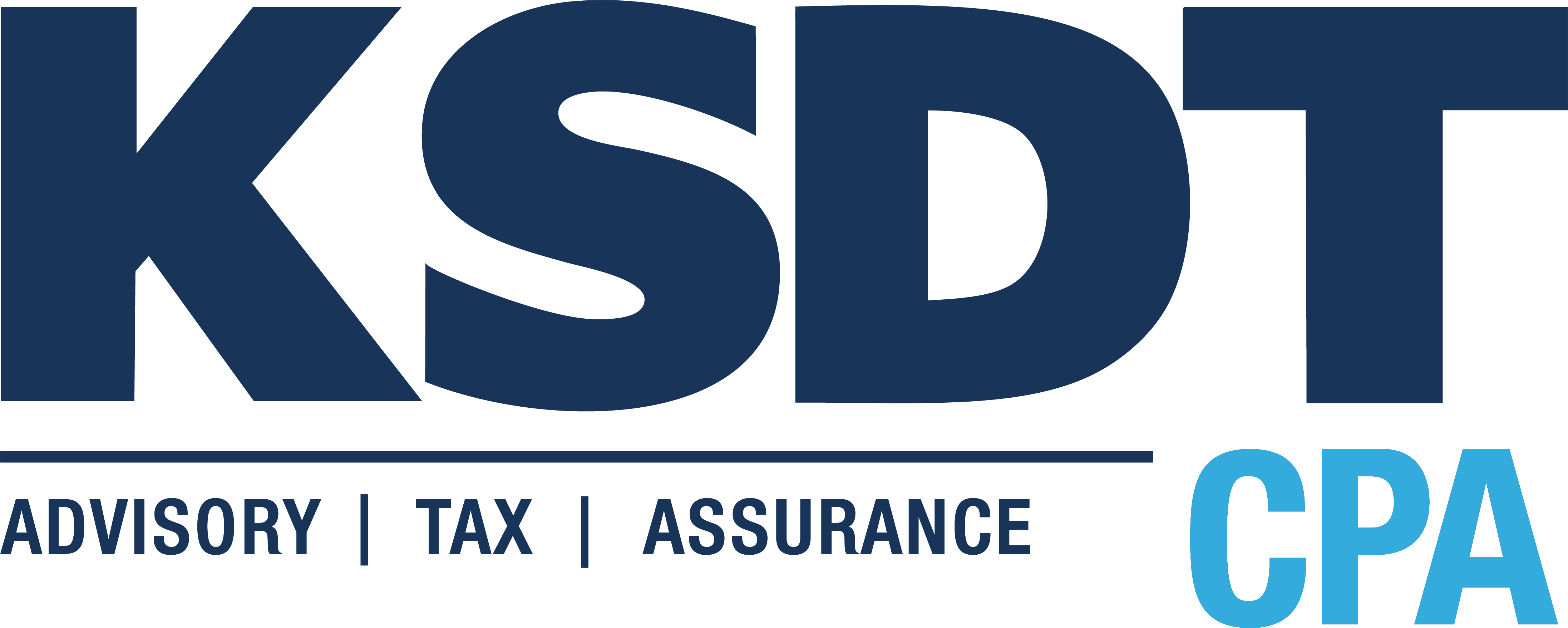Is high employee turnover an issue in your company? If so, you may already realize how costly it is. It affects your bottom line and cuts into your profits. Or maybe, it’s so bad that it’s turning your profits into losses. The question is, are you doing everything you can to reduce the costs associated with the turnover?
The Costs
To control the costs, first, we must know what they are. Only then can we tackle them. Here’s a list of the most common costs associated with employee turnover.
1. Hiring costs
- Advertising costs
- Time spent screening resumes, scheduling interviews, and interviewing candidates
- Background check costs
- Signing bonus, if any
- Time spent setting up the new employees in payroll, IT, HR, completing forms, setting up equipment, generating badges, and more.
2. Training costs
- Time spent training the new employee
- Costs of any required training courses on safety, sexual harassment, timesheet, and other required onboarding training, etc.
- Costs of mistakes made by new employees
- Productivity losses while new employee gets up to speed
- Extra supervisory costs monitoring new employee
3. Vacancy losses
- Costs of overtime while other employees cover vacant shifts
- Productivity losses while the job is vacant
- Disruption of peers, including fears of them being next if it was an involuntary termination
How to Reduce Turnover Costs
Here are some ideas for reducing or avoiding these costs before they occur.
1. Create a positive culture. If your workplace is a positive, nurturing place to be, people may be more likely to stay. Create a place where employees can become good friends. That way, they are less likely to leave.
2. Review your pay package. Pay slightly more than your competitors. Or provide above-average benefits for your employees. Include perks that are less expensive, yet valuable to employees.
3. Consider overstaffing. This puts less pressure on all of your employees.
4. Automate and streamline your hiring process. This can keep hiring costs down when you do need to hire.
5. Create a healthy work environment. Listen to your employees and make sure their needs are being met so they can do the best job possible for your business. Provide them with the tools they need to do their job well.
6. Hire slow, fire fast. If you do have a worker who is dragging the entire team down, get rid of them fast.
7. Train your first-line supervisors and managers to be excellent bosses. People skills and supervisory skills do not normally come naturally but can be learned. Many voluntary terminations occur because people dislike their boss.
8. Be consistent with raises and performance reviews. Employees expect annual raises in most industries, even if it’s just a cost-of-living adjustment. Let employees know how they are doing on a regular basis, and formalize the process at least annually.
9. Conduct exit interviews. Find out why people are leaving by conducting exit interviews. You may have to dig deep to find out the real reason, as most people don’t want to burn their references. Take action if it’s something in your control.
10. Delegate projects. Keep the job interesting for employees by delegating low-risk projects that are fun for them to do.
11. Communicate purpose. Help employees understand the importance of the job they do, and help them connect to the deeper meaning of their job and its place in the world.
Many of these ideas have costs associated with them. Your accountant can help you do a cost-benefit analysis to determine the specific costs and if the benefits will outweigh the costs. Then you can create a plan to tackle and reduce the high, hidden costs of employee turnover in your business.

